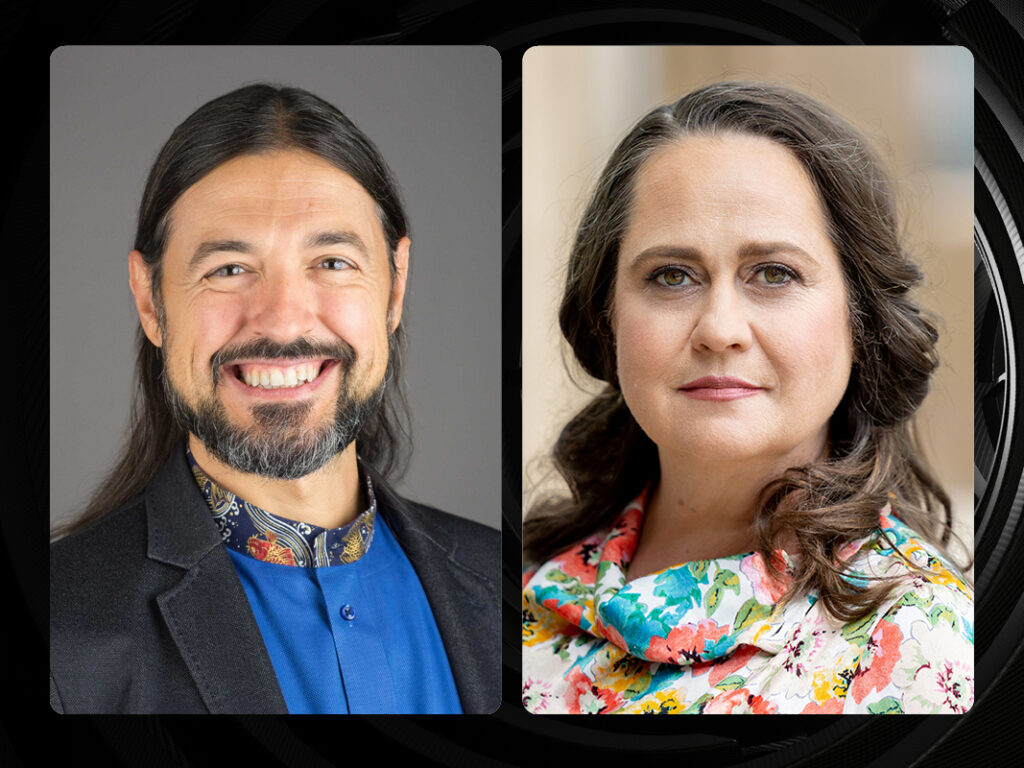The success of Gabriele Masili’s team in growing a US veteran health portal from 30,000 to 1 million users poses a stark question for public servants: Are we genuinely meeting the specific needs of those we serve, like veterans, or merely checking boxes?
Mr Masili’s case study with Granicus for the US Department of Veterans Affairs, My HealtheVet portal, sets a global standard for other public sectors to chase, including Australia.
“We’re aiming to engage further, targeting 3 million veterans,” he shared in the second episode of The Loop podcast series with Corrie McLeod, publisher of InnovationAus.com. “Following the website revamp, we’re working with them to fine-tune the messaging for more effective audience engagement.”
Granicus is a digital experience platform provider enhancing government-citizen interactions globally, driving over 300 million digital engagements annually, including initiatives like the My HealtheVet portal.
Veterans can access health records online, schedule appointments, refill prescriptions, and securely message healthcare teams, centralising and simplifying their healthcare management.
“Governments want to meet and exceed their constituents’ expectations,” he said during the podcast themed around solving problems at scale: automation & risk. “And I love Granicus’ focus on helping the public sector create richer, productive digital relationships between agencies and their constituents.”
As Granicus’ chief customer officer, he says this approach ultimately results in better, measurable and more equitable community outcomes — all visible in the veteran portal success story.
With subscriptions soaring, a 42 per cent engagement rate, and a 12 per cent click-through rate, it showcases the importance of dialogue and best practices in public sector communication and consultation to exceed standard benchmarks.
It also shows the importance of a data-driven approach: “Using machine learning algorithms, we tailor a specific communication to a particular individual based on the preferences they have expressed before.”
Mr Masili explains that understanding why someone is reaching out — for benefits versus information, for example — is critical to creating a service experience that meets their needs.
They map out the steps a customer might take to interact with their services, called customer journeys, to personalise support for each individual’s circumstances, like a retired veteran’s unique requirements.
His feedback gives context to Australia, where a flurry of recent Royal Commissions focus on providing a voice to vulnerable people often ignored by communities and government.
“Australia is actually quite advanced in public sector digital engagement,” he says, “and they have moved beyond the education phase and have higher expectations.”
He cautions that while digital literacy is high, there will always be pockets of individuals with different access than others. This includes remote towns in the outback, like Broken Hill, covered in the first episode of The Loop, where Granicus successfully revamped digital channels.

Mr Masili also warns that respecting a user’s time and efforts in accessing digital channels is paramount. “Citizens may have to drive several miles to get to the public library to get access to a computer.”
Governments must find ways to interact with them without requiring these long commutes.
“And in some areas of the population, expecting engagement through a website, to a web form, or even to an email is unrealistic,” he says. “In these cases, we may default to more straightforward means like a two-way text message on a mobile phone.”
The challenges mount when supporting individuals with disabilities, including designing websites and applications that comply with accessibility standards.
Making them usable for individuals with visual, auditory, motor, or cognitive impairments is a crucial goal of the National Disability Insurance Scheme (NDIS) program, which partners like Granicus have worked hard to achieve in places like Broken Hill and the US veteran online portal.
“Similarly, once individuals express they prefer a certain channel of communication,” he says, “respecting that choice while continuing to engage proactively through that channel as a FIRST option is a sign of respect – and that builds trust.”
Building transparency and trust in these relationships is a common goal of all clients it serves across North America, the UK, Australia, and New Zealand. “Transparency goes into how the agency communicates with its constituents in a way that’s clear and tailored precisely to them.”
Making sure they receive the information is a critical step, but it goes deeper than that. “I don’t just mean they get an email: Can they read, understand, and then engage and act upon it?”
Going beyond a standard checkbox approach drives trust for public channels like the veterans portal, especially when users receive timely updates, even if it’s not the complete solution they seek.
“For instance,” he says, “if they’re informed that their application has been received, but more documentation is needed, it keeps them in the loop and engaged.”
Mr Masili says the abovementioned tools and approaches can be measured through surveys, asking people about their views on services and desired improvements.
“We literally measure the satisfaction of the end users through these processes,” ensuring their efforts are understood and acted upon — essential for meaningful engagement.
The Loop podcast series and accompanying articles are produced by InnovationAus.com in partnership with Granicus.
Do you know more? Contact James Riley via Email.
